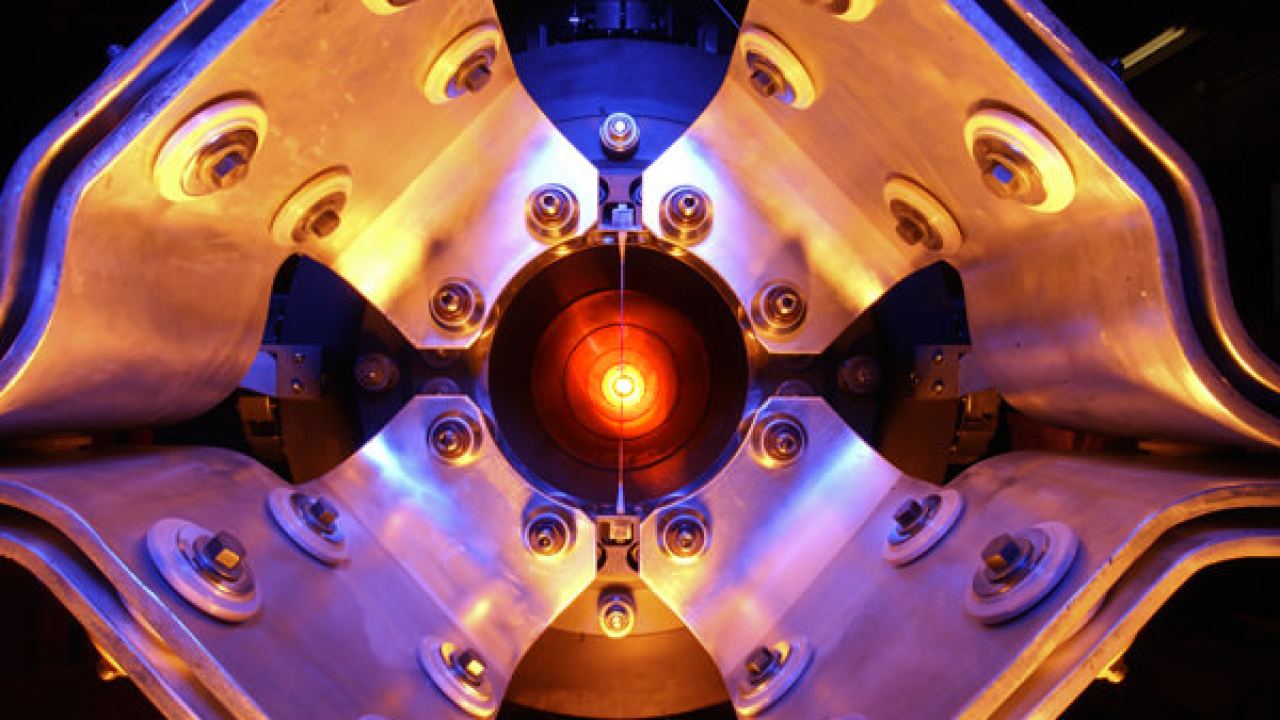Neutrinos are minuscule, neutral subatomic particles having such little mass that, for a while, scientists believed it to be zero. They are the most numerous mass-bearing particles in the universe, but their infrequent interaction with other matter makes them exceedingly difficult to detect and their mass difficult to estimate. Researchers participating in the KATRIN experiment have measured the neutrino’s mass with amazing precision.
But why is understanding the mass of a neutrino so important? Since neutrinos point to novel physics processes beyond current theories and play an essential role in the formation of large-scale structures like galaxies, they are important to both particle physics and cosmology. Therefore, understanding their mass scale would give essential information into the operation of the cosmos. With assistance from the EU-funded SENSE project, KATRIN researchers have now established a new upper limit for the neutrino’s mass: 0.8 eV. Their findings were reported in “Nature Physics” publication.
In the KATRIN experiment, scientists saw an unstable hydrogen isotope called tritium experiencing beta decay, a kind of radioactive decay. To determine the neutrino’s mass, researchers examined the energy distribution of electrons emitted during the beta decay process. The Max Planck Society, a collaborator in the SENSE project, issued a post on their website stating that “the 70-meter-long experiment features the world’s most intense tritium generator as well as a huge spectrometer to detect the energy of decay electrons with remarkable precision.”
Since the beginning of measurements in 2019, the research team has improved the experiment’s sensitivity by multiplying the tritium source activity (the rate at which particles are produced) by 3.8 and decreasing background noise by 25%. The experiment’s co-spokesman, remarks on the improvements made: “The rise in signal rate and the decrease in background rate were important for the current finding.” Prof. Dr. Guido Drexlin of the Karlsruhe Institute of Technology in Germany, where the KATRIN experiment is being conducted, described the experiment as “working like clockwork” in the same news article.
With the finding of a new upper limit of 0.8 eV for the neutrino mass, an experiment of this sort has reached the sub-eV mass region for the first time in history. In 2019, KATRIN researchers established a new upper limit of 1.1 eV for this mass. Professor John Wilkerson of the University of North Carolina in the United States, who specializes in neutrinos, says, “The particle physics world is happy that KATRIN has cracked the 1-eV barrier.”
The KATRIN team will continue neutrino mass measurements until 2024, when the SENSE research will also conclude. Until then, the researchers intend to “not only gradually raise the statistics of signal occurrences,” but also to “enhance background rate reduction.”


